How Is Tomato Ketchup Made In A Factory
Introduction: The Journey of Tomato Ketchup from Field to Bottle
Tomato ketchup, a condiment cherished worldwide, starts its life as a humble fruit. What is now a global favorite on burgers, fries, and everything in between, undergoes a fascinating transformation before it reaches your table. The journey from field to bottle involves careful cultivation, precision manufacturing, and meticulous packaging, ensuring each bottle delivers the same rich, tangy taste every time. Understanding this journey reveals the craftsmanship behind what many consider the quintessential condiment.
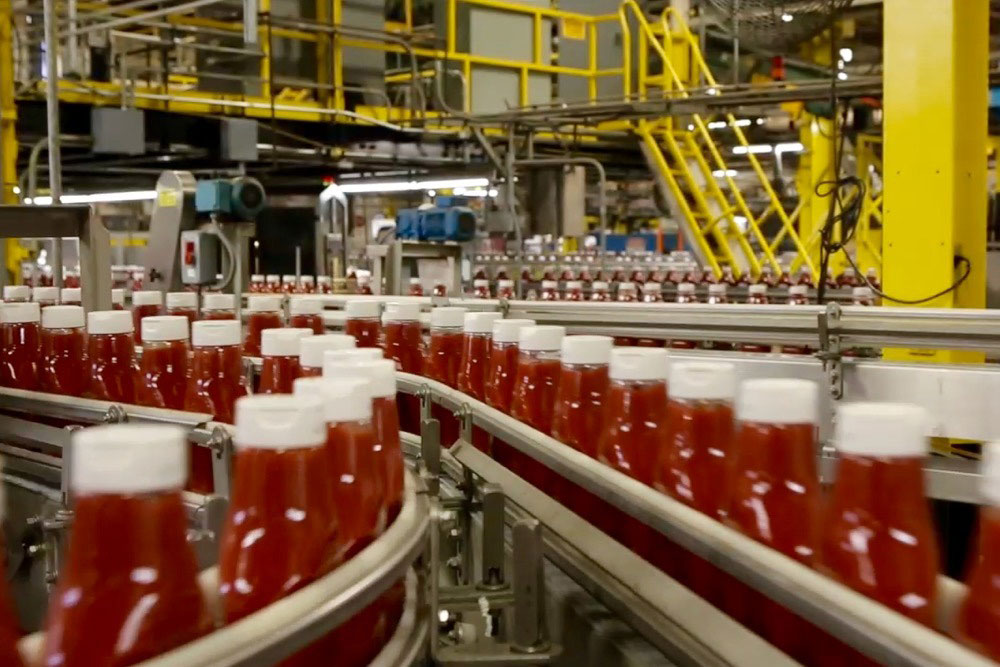
The Birth of Tomato Ketchup: Understanding the Basics
Ketchup is much more than just a tangy sauce—it is a product of innovation and culinary evolution. At its core, ketchup is made primarily from tomatoes, vinegar, sugar, salt, and a mix of spices, with variations adding more complexity to its flavor profile. This combination creates a taste that's simultaneously sweet, sour, and savory, making it the perfect complement to countless dishes. The versatility and accessibility of ketchup have contributed to its rise as a global condiment staple in households and restaurants alike.
Sourcing the Perfect Tomatoes: Where Quality Begins
The journey to creating high-quality ketchup starts in the fields where tomatoes are carefully chosen for their flavor, texture, and ripeness. Not all tomatoes are created equal; certain varieties, such as Roma or plum tomatoes, are specifically grown for ketchup production because of their thick flesh and rich flavor. These tomatoes are nurtured in optimal growing conditions—sun-rich climates with well-drained soil—ensuring they’re packed with the flavor needed to make a perfect ketchup base. The harvesting season is crucial, and only the ripest tomatoes are selected to create a rich and flavorful end product.
The Harvest: Picking Tomatoes at the Perfect Time
Timing is everything when it comes to harvesting tomatoes for ketchup. These fruits must be picked at their peak of ripeness to guarantee the desired sweetness and acidity balance. Typically, tomatoes are harvested when they have reached a deep, rich red hue, which is a clear indicator of full ripeness. This process requires great care, as overripe tomatoes can lead to inconsistencies in flavor and texture, while underripe tomatoes may produce a bland and overly acidic ketchup.
The Transport Process: Getting Tomatoes to the Factory
Once the tomatoes are harvested, they are quickly transported to the factory to preserve their freshness. The journey from farm to factory is often done with great urgency, as tomatoes are perishable and their flavor can degrade if not processed soon after picking. Typically, these tomatoes are moved in refrigerated trucks to ensure that they stay fresh and maintain their peak flavor during transit. Fast transportation is key to locking in the ideal taste, and manufacturers ensure minimal time between harvest and processing.
Washing and Preparing Tomatoes: Cleaning the Harvest
Before the tomatoes can be processed into ketchup, they undergo a thorough washing process. This step is crucial for removing any dirt, pesticides, or residues from the surface of the fruit. Once cleaned, the tomatoes are carefully inspected to remove any damaged or imperfect fruit that could compromise the quality of the ketchup. The tomatoes are then prepared for the next step: pulping.
Pulping the Tomatoes: Extracting the Essence
After washing, the tomatoes are sent to machines that pulp them into a smooth, thick puree. This process involves grinding the tomatoes and separating the seeds and skins to create a pure tomato base. The texture and flavor of the puree play a key role in the final product. It’s during this stage that the essence of the tomatoes is captured, ensuring a rich and consistent flavor profile in every batch.
Cooking the Tomato Base: The Heart of Ketchup Production
The next step in the process is cooking the tomato pulp. This stage is essential for thickening the tomato base and concentrating its flavors. The puree is simmered over a controlled heat, which helps evaporate excess water and intensifies the tomato’s natural taste. The cooking process also helps break down the tomatoes’ natural sugars, which are later balanced with added sugar to create ketchup’s signature sweetness.
The Secret Ingredients: Vinegar, Sugar, Salt, and Spices
Once the tomato base has thickened, it’s time to add the secret ingredients that give ketchup its signature flavor. Vinegar, sugar, and salt are the core elements that provide ketchup with its distinctive tang, sweetness, and saltiness. Depending on the brand and recipe, additional spices like cinnamon, clove, and allspice may be added to create a unique taste. The proportions of these ingredients are carefully calibrated to ensure consistency, providing that perfect balance of flavors that consumers expect.
Blending the Perfect Flavor: The Role of Spices and Additives
The spices and additives used in ketchup are what set one brand apart from another. From garlic powder to onion powder, mustard, and various secret blends, these ingredients contribute to the complexity of the sauce. While the base is tomato-heavy, the secret to an exceptional ketchup often lies in the perfect combination of these flavor enhancers. Manufacturers continuously fine-tune these formulations to ensure that each batch of ketchup provides the same delightful flavor.
The Thickening Process: Achieving the Right Consistency
Ketchup must achieve the ideal thickness to create the right experience when poured. The consistency is achieved by further cooking the tomato base and adding thickeners, if necessary. The final product should neither be too runny nor too thick. The thickness of ketchup is a delicate balance; too much water left in the sauce makes it watery and less flavorful, while too much thickening can make it difficult to pour or spread.
The Pasteurization Process: Ensuring Safety and Longevity
To ensure the ketchup is safe to consume and has a long shelf life, the ketchup is pasteurized. This involves heating the ketchup to a specific temperature to kill any harmful bacteria and pathogens that may be present. Pasteurization also helps preserve the flavor and maintain the ketchup’s consistency over time. This step is critical for ensuring the safety of the product without compromising its taste.
Quality Control: Tasting and Testing for Consistency
Throughout the ketchup production process, quality control is paramount. Factories employ tasting panels and rigorous testing procedures to ensure that each batch of ketchup meets the required standards. These tests examine the taste, texture, color, and consistency of the product to ensure it aligns with the brand’s specifications. Consistency is key, as consumers expect the same flavor and quality in every bottle they purchase.
The Role of Technology: Automation in Ketchup Production
Modern ketchup factories leverage automation and advanced technology to increase efficiency and consistency. Automated systems control the mixing, cooking, and bottling processes, reducing human error and ensuring precision in every step. Technology also plays a role in monitoring the quality of ingredients, maintaining temperature control, and streamlining packaging, making the entire process faster and more efficient.
Packaging Ketchup: From Factory Floor to Store Shelf
Once the ketchup has been produced and quality tested, it’s time to package it for distribution. Depending on the target market, ketchup can be bottled in glass jars, plastic squeeze bottles, or even single-serving sachets. The packaging process ensures that the ketchup is sealed tightly to prevent contamination and preserve its freshness during transport. It is also an opportunity to brand the product, ensuring it stands out on store shelves.
Choosing the Right Packaging: Glass, Plastic, or Sachets?
The choice of packaging plays a crucial role in both the convenience of the consumer and the shelf life of the product. Glass bottles, while traditional, offer a premium feel and are often used for organic or specialty ketchup. Plastic squeeze bottles are convenient and consumer-friendly, making them ideal for fast food establishments or home use. For convenience and single-serve portions, ketchup is often packaged in sachets. Each packaging type has its advantages, but all are carefully selected to meet the needs of different consumers.
Labeling and Branding: How Ketchup Packaging Tells a Story
Ketchup packaging is more than just a way to store the product—it’s an essential part of the branding process. Labels convey vital information, such as ingredients, nutritional content, and any special features (e.g., organic or gluten-free). The design, color, and logo also communicate the brand’s identity, often influencing consumer choice. Eye-catching packaging can make all the difference in a crowded market, helping to establish trust and recognition with consumers.
Distribution and Logistics: Getting Ketchup to Your Local Store
Once bottled, the ketchup is sent out for distribution. This stage involves transporting the product through supply chains to retailers, wholesalers, and restaurants. Keeping the ketchup fresh and at the correct temperature during transit is essential, especially for long-distance shipments. Efficient logistics ensure that ketchup arrives at the right place, on time, and in optimal condition, ready to be stocked on shelves or served at restaurants.
Sustainability in Ketchup Manufacturing: Eco-friendly Practices
With growing environmental concerns, many ketchup manufacturers are embracing sustainable practices. This includes sourcing tomatoes from farms with eco-friendly agricultural practices, minimizing water usage during production, and reducing waste throughout the manufacturing process. Eco-friendly packaging, such as biodegradable bottles or recyclable materials, is also being adopted to minimize environmental impact and meet consumer demand for greener options.
The Future of Ketchup Production: Innovation on the Horizon
The ketchup industry is constantly evolving. From innovations in flavor, like spicy or reduced-sugar variants, to advancements in sustainable manufacturing, the future of ketchup is bright. As consumer preferences continue to shift, manufacturers are exploring new ingredients and production methods to meet these demands. The use of technology, such as smart packaging and automated production systems, will continue to shape the future of ketchup manufacturing.
Conclusion: From Farm to Table—The Timeless Appeal of Tomato Ketchup
The journey of tomato ketchup, from farm to table, is a remarkable process that blends tradition with modern technology. Each step—harvesting, processing, cooking, and packaging—ensures the product reaches consumers in its best possible form. With sustainability, innovation, and consistency at its core, ketchup remains a beloved and indispensable condiment around the world.
Must-Read Blogs For Chain Restaurants Owner

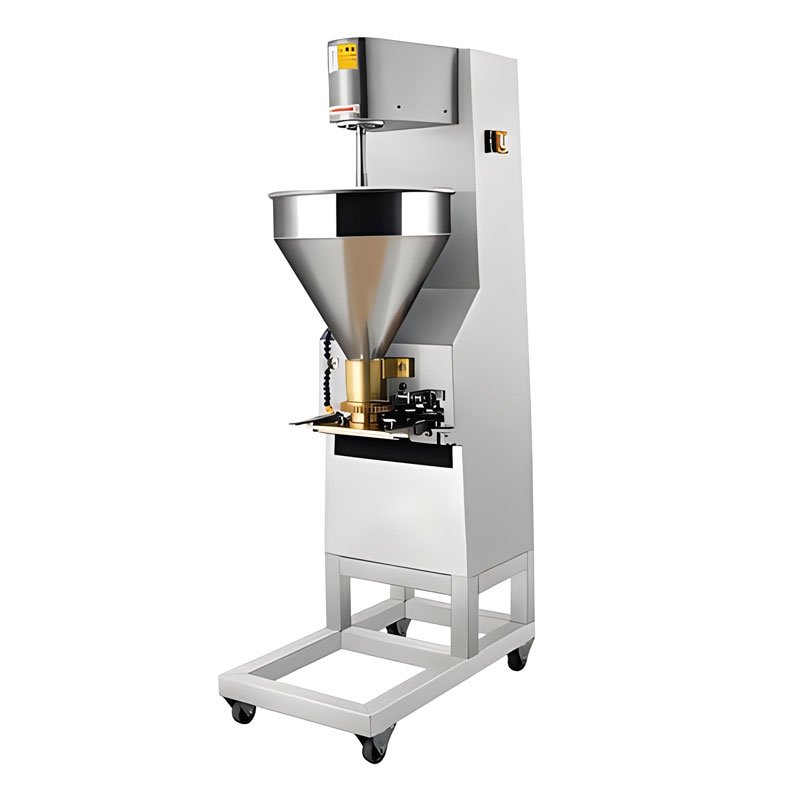
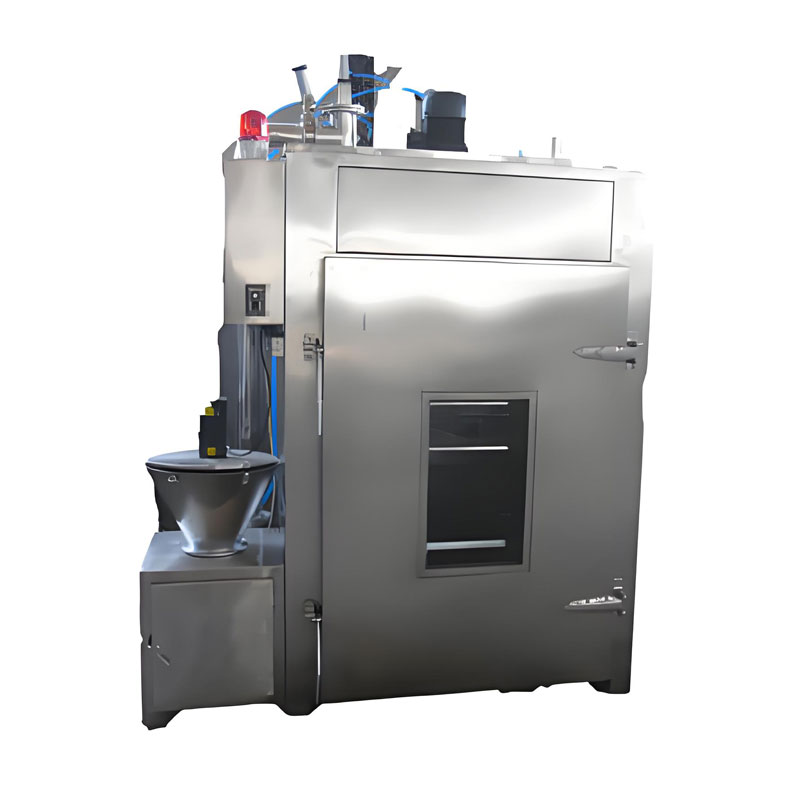
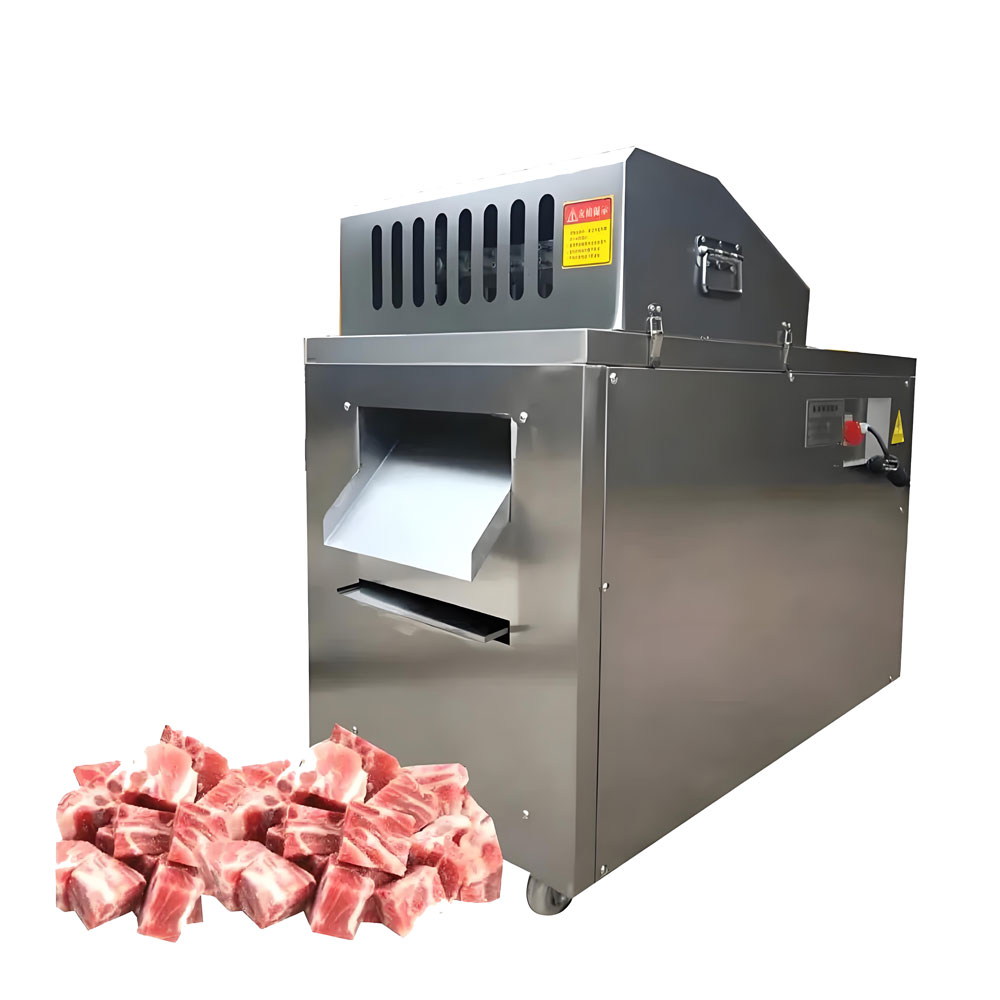
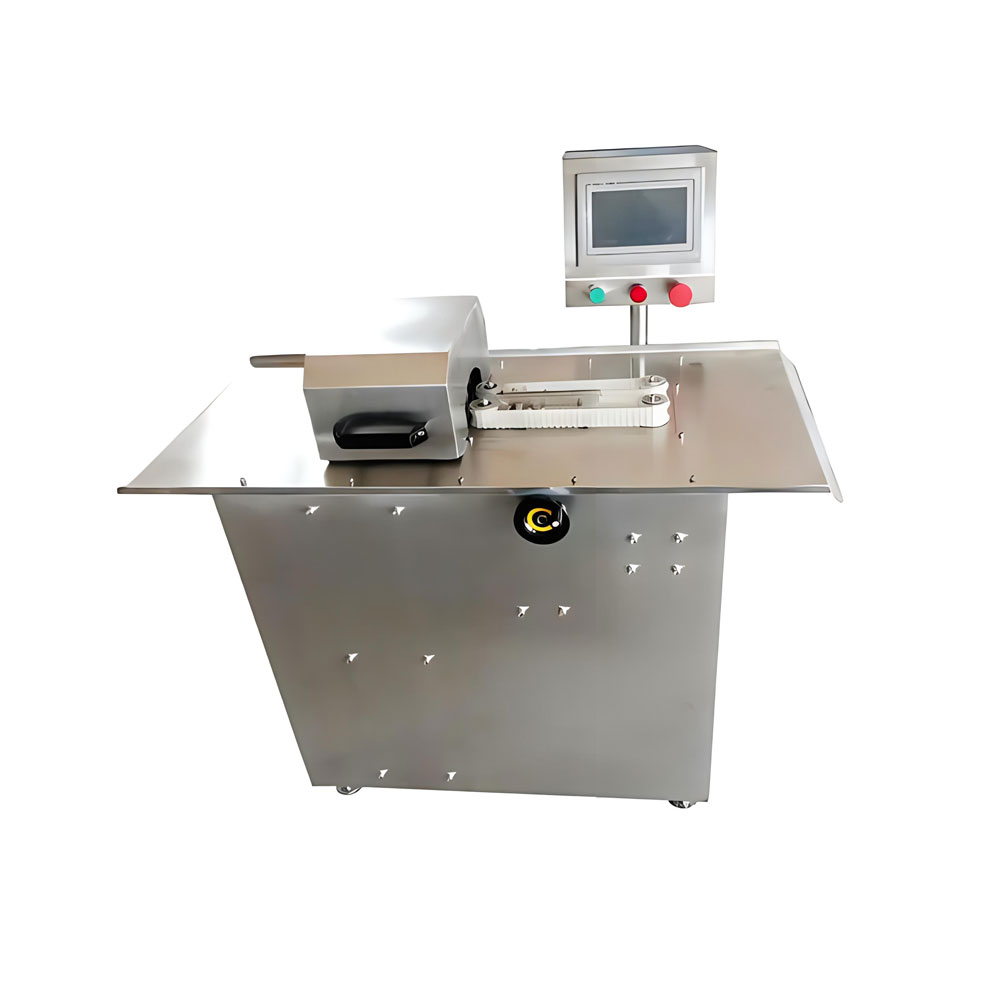

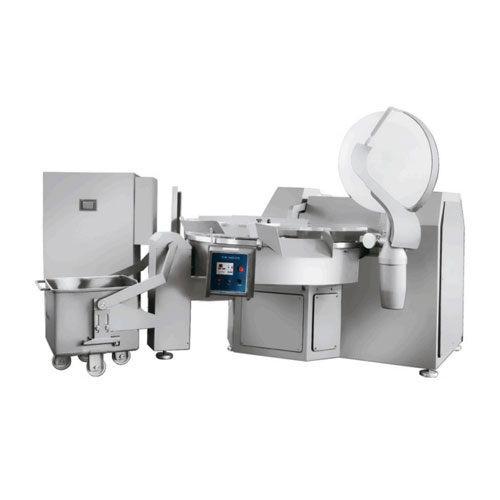
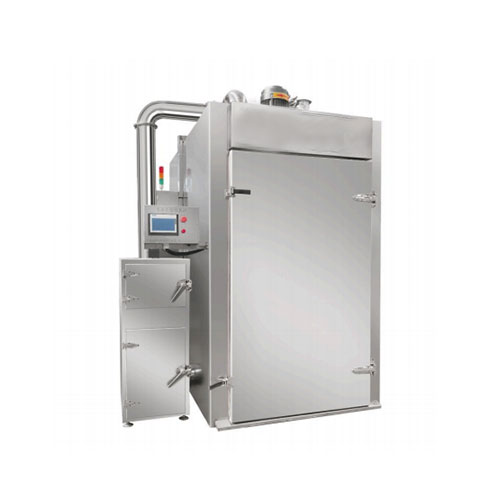
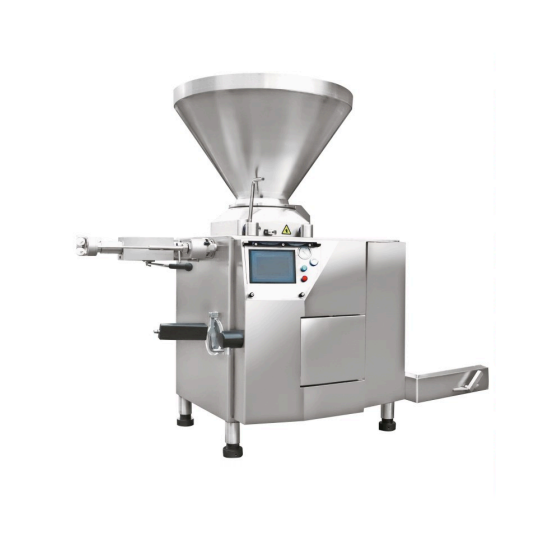
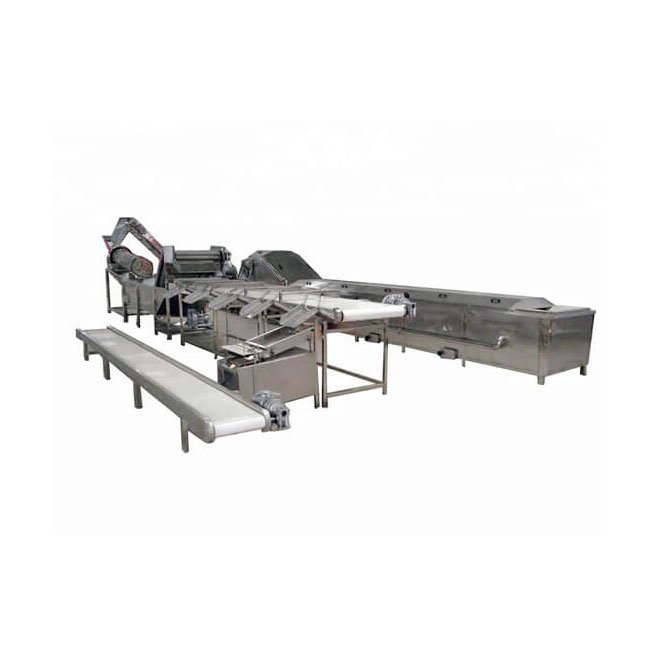

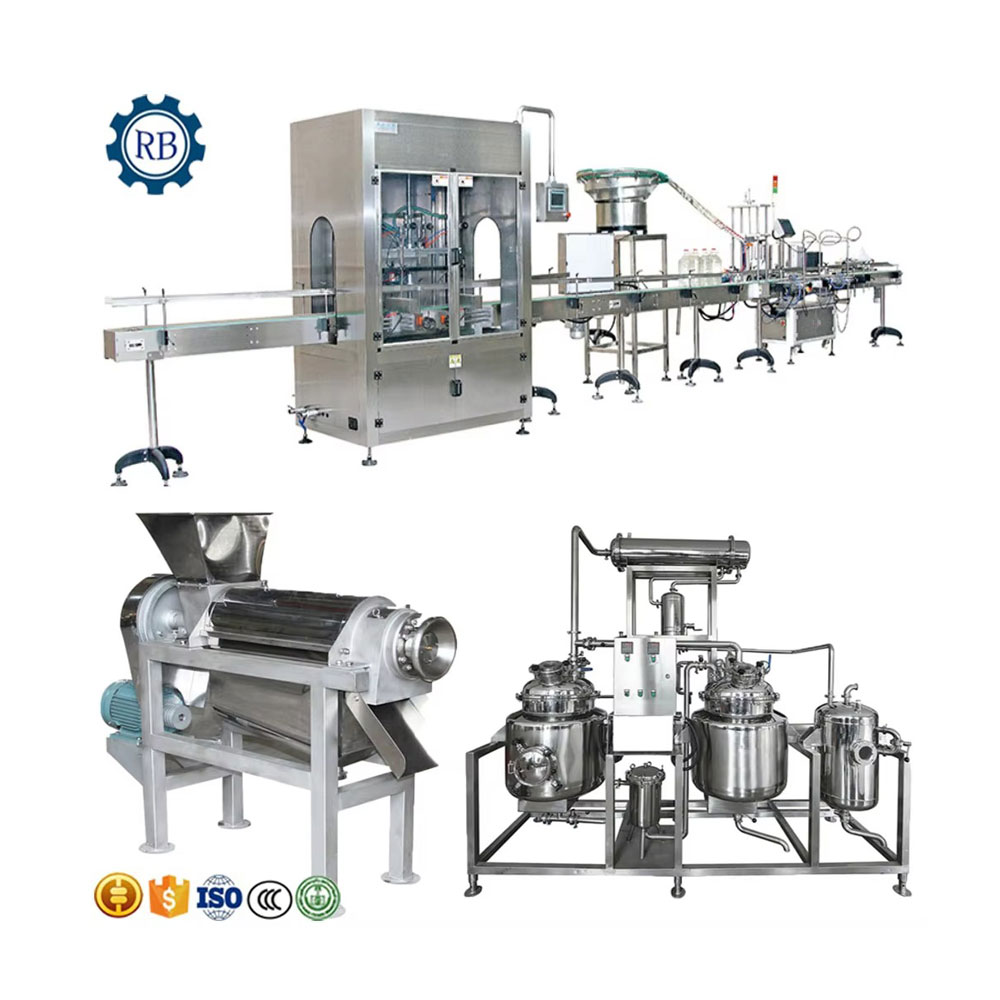 Tomato Sauce Machine
Tomato Sauce Machine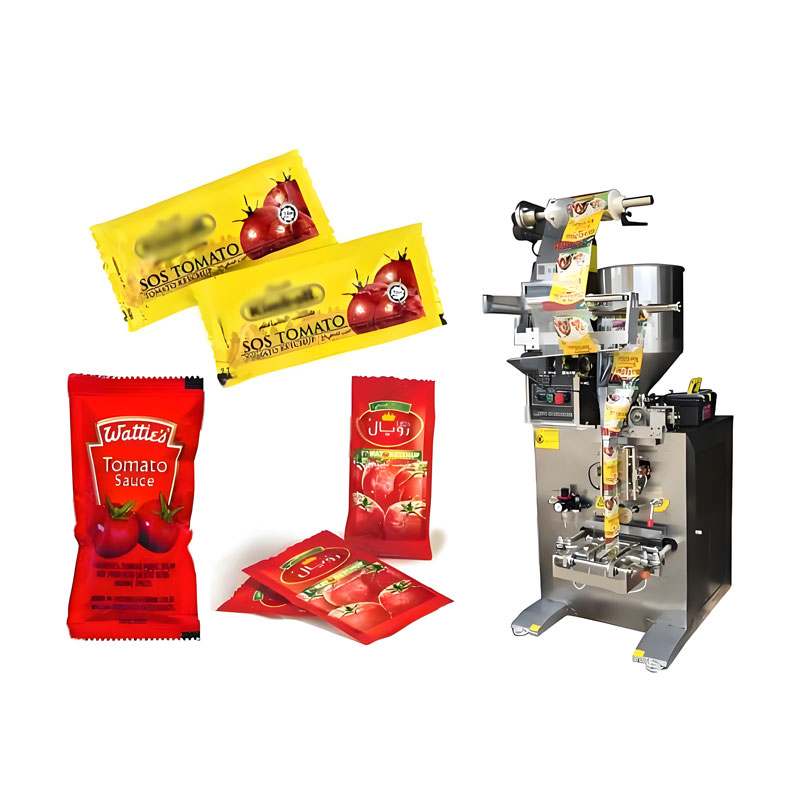 Tomato Sauce Packaging Machine
Tomato Sauce Packaging Machine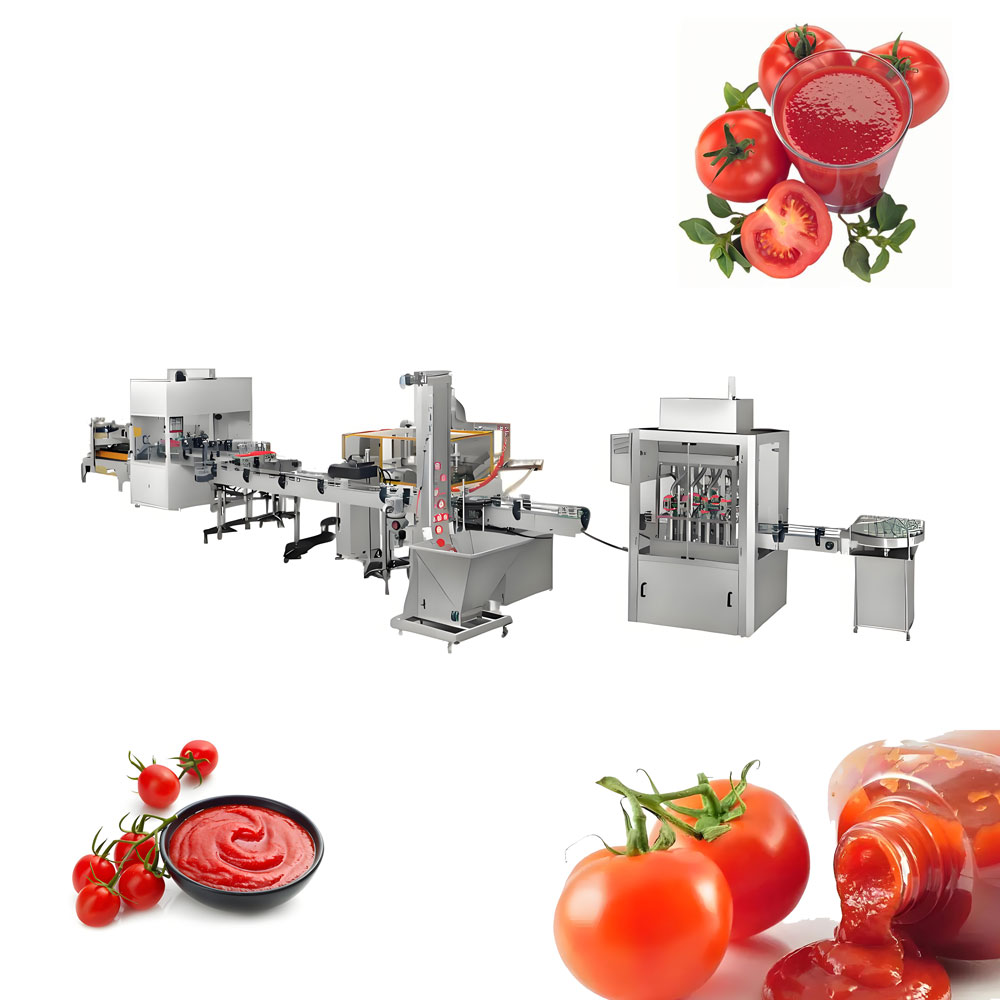 Tomato Ketchup Processing Line
Tomato Ketchup Processing Line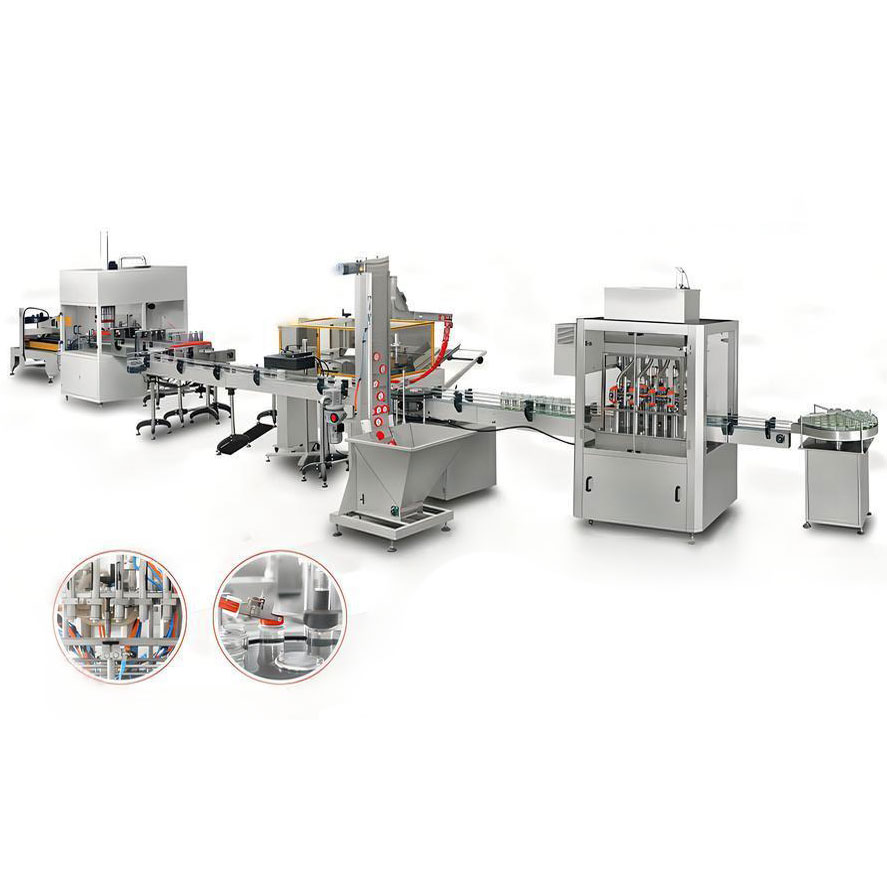 Tomato Paste Production Line
Tomato Paste Production Line
Ready to Get Started?